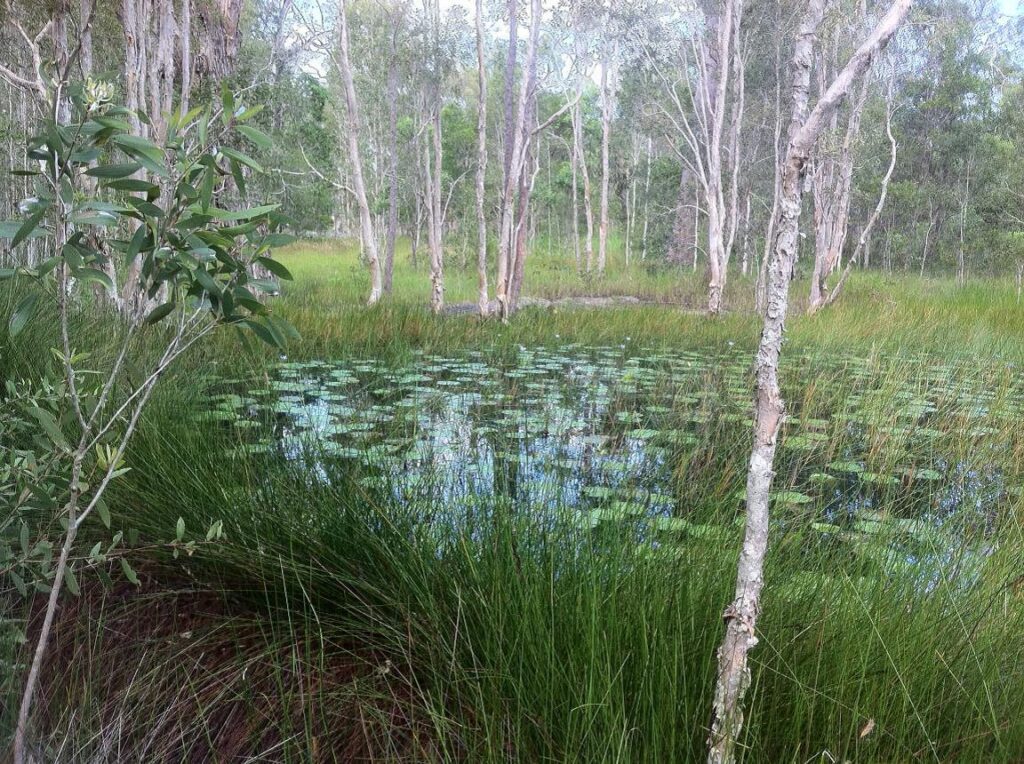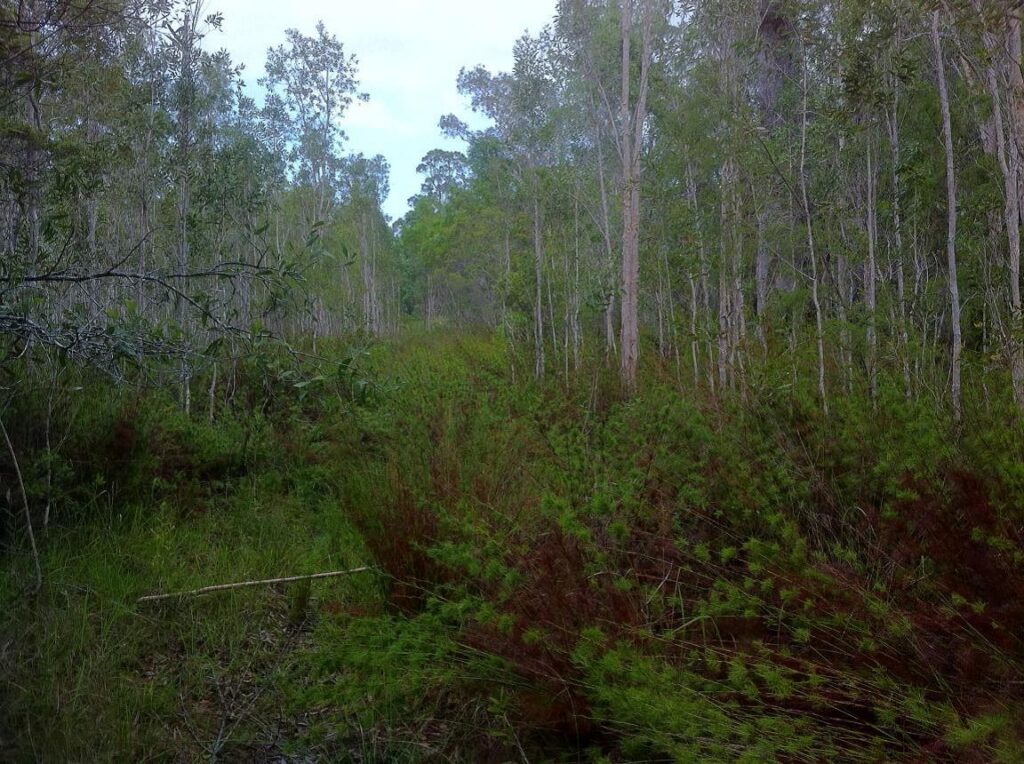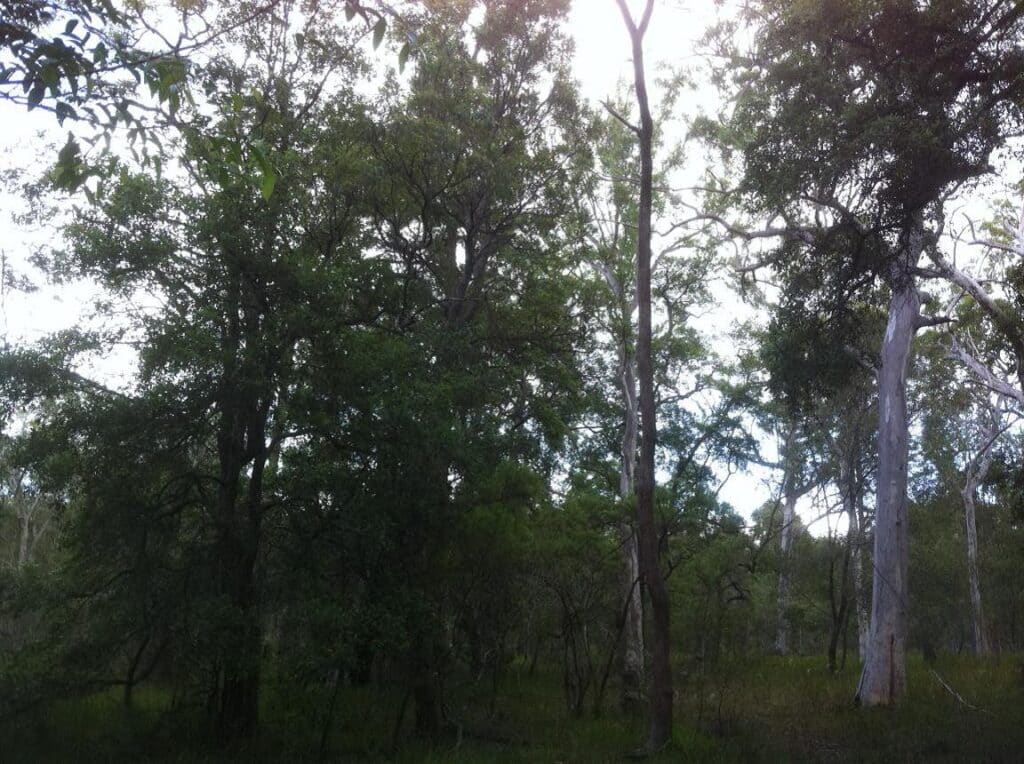Jan Davey is the owner of Ringtail Creek Flying-fox Sanctuary, a property located in Ringtail Creek, approximately 15km northwest of Noosaville, Queensland. The property is a dedicated wildlife sanctuary and residence which is also used for wildlife rehabilitation and education. It is Jan’s intent to protect the property in its current use as a wildlife rehabilitation and release site and to improve, by continued planting, the food sources for all species of wildlife that live here and that visit seasonally.
A Voluntary Conservation Agreement (VCA) in place through the local council contains a caveat attached to the property’s title deed in perpetuity. Ringtail Creek Flying-fox Sanctuary is a state registered release site for black, little red and grey-headed flying-foxes, and Jan is the coordinator of Flying-fox Rescue Release Noosa Inc. She holds a Federal license to band all three species on release.
The property covers 2.45 hectares within the Noosa River Catchment, forming part of a wildlife corridor between Ringtail State Forest and the Noosa River. The topography of the property is flat with a slight fall to the north eastern edge, and the geology of the more elevated areas is weathered Myrtle Creek Sandstone, while in lower areas alluvial soils predominate. A dam within the central portion of the property provides a year-round water source to wildlife.
Vegetation types found on the property include scribby gum woodland, tall open mixed Eucalypt forest, fresh water wetland, and an area of Melaleuca woodland. The endangered Regional Ecosystem 12.5.3 (Eucalyptus tindaliae and/or E. racemosa open forest on remnant Tertiary surfaces) occurs on Ringtail Creek Flying-fox Sanctuary, as does the listed plant species Boronia rivularis.
Examples of wildlife species known to occur on the property include black (Pteropus alecto) and little red (P. scapulatus) flying-foxes, as well as the Federally listed grey-headed flying-fox (P. poliocephalus), blossom (Syconycteris australis), eastern tube-nosed (Nyctimene robinsoni) and micro bats, ringtail (Pseudocheirus peregrinus) and brushtail (Trichosurus vulpecula) possums, feather gliders (Acrobates pygmaeus), northern brown bandicoots (Isoodon macrourus), short-beaked echidnas (Tachyglossus aculeatus), eastern grey kangaroos (Macropus giganteus), wallabies, native rodents, many species of reptiles and frogs, and a wide range of native bird species (between 80 and 100 recorded.)








